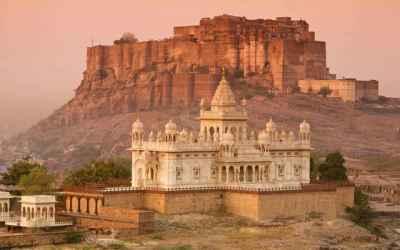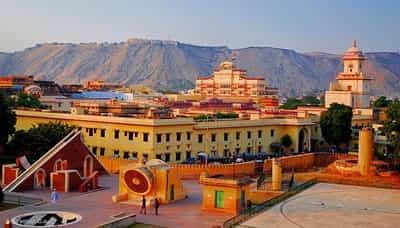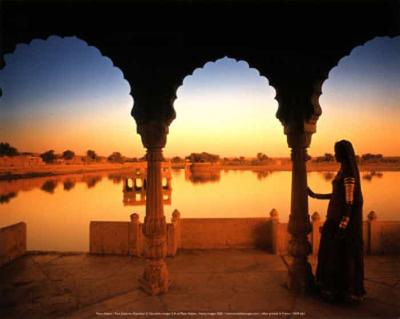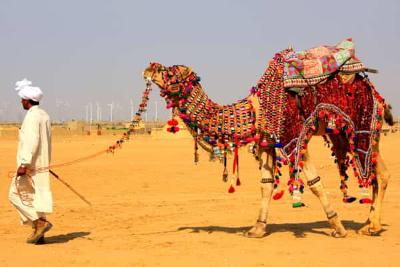Rajasthan’s Turban Styles: A Colorful Tradition
Rajasthan’s Turban Styles: A Colorful Tradition
Rajasthan, known as the "Land of Kings," is a state in northern India that is steeped in history, heritage, and vibrant culture. This enchanting region is famous for its magnificent palaces, majestic forts, colorful festivals, and warm hospitality. One of the most distinctive aspects of Rajasthan's culture is its traditional turbans, which have been an integral part of Rajasthani attire for centuries. These turban styles not only exhibit the rich heritage of Rajasthan but also hold deep significance for its people.
The significance of Turbans in Rajasthan
Turbans, locally known as "pagri" or "safa," are not just fashion accessories in Rajasthan. They represent honor, pride, and social status in the society. In the past, the length, style, and color of a turban could indicate the wearer's caste, region, and even profession. It was believed that a well-tied turban could enhance a person's personality and command respect.
In modern times, turbans are still an important part of Rajasthani culture, worn on special occasions, marriages, festivals, or as a symbol of respect. The tradition of wearing turbans goes beyond men in Rajasthan; even women wear turbans, known as "pichwai," as a sign of respect and dignity.
Popular Turban Styles
Rajasthan offers a plethora of turban styles, each unique in its own way, representing different regions and communities. Below are some of the most popular turban styles of Rajasthan:
1. Aada
The Aada turban is commonly worn by the Meena community in the Hadoti region of Rajasthan. It is a simple, striped turban that provides a sense of elegance.
2. Pachranga
Literally meaning "five colors," the Pachranga turban is worn by Rajputs and Jats. It is a vibrant and eye-catching turban, representing bravery and valor.
3. Jodhpuri
Popular in the city of Jodhpur, the Jodhpuri turban is known for its intricate and elaborate style. It is usually worn during weddings and other special occasions.
4. Safa
The Safa turban is widely worn across Rajasthan and is considered a symbol of respect and honor. It is often tied in a triangular shape and can be seen in various colors.
5. Mewari
The Mewari turban is famous in the Mewar region of Rajasthan. It is known for its regal appearance and is often worn by royalty.
How to Tie a Turban
Tying a turban is an art form in itself and requires skill and practice. The process may vary depending on the style of the turban, but the basic steps involve:
- Choosing the right fabric and color for the turban.
- Folding the fabric into multiple layers and creating pleats.
- Wrapping the fabric around the head in a specific pattern.
- Tightening and adjusting the turban to ensure a secure fit.
- Adding any final embellishments or accessories.
If you are fascinated by the art of turban tying, it is recommended to seek guidance from a skilled local expert who can teach you the intricacies of different styles.
Conclusion
The traditional turbans of Rajasthan are not only a fashion statement but a symbol of heritage, pride, and social identity. They add a touch of color and elegance to the rich cultural tapestry of Rajasthan. Exploring the various turban styles and learning about their significance is a fascinating way to understand the cultural nuances of this vibrant state. So, next time you visit Rajasthan, don't forget to admire the exquisite turbans and the stories they tell.
Feel free to share this blog post with your friends and family to spread the word about Rajasthan's turban traditions!
Disclaimer : The information provided in this blog is for general informational purposes only. While we strive to keep the content accurate and updated, TravelSetu assumes no liability for errors or omissions. If you believe any part of this blog infringes your rights or causes concern, please notify us immediately at info[at]travelsetu[dot]com so that appropriate action can be taken.







